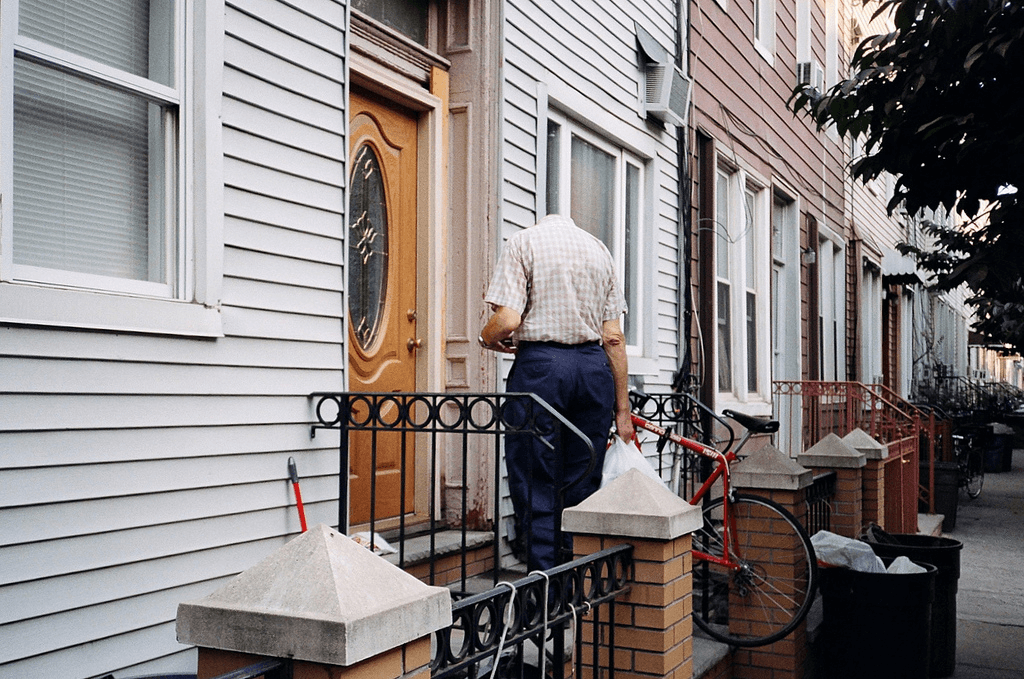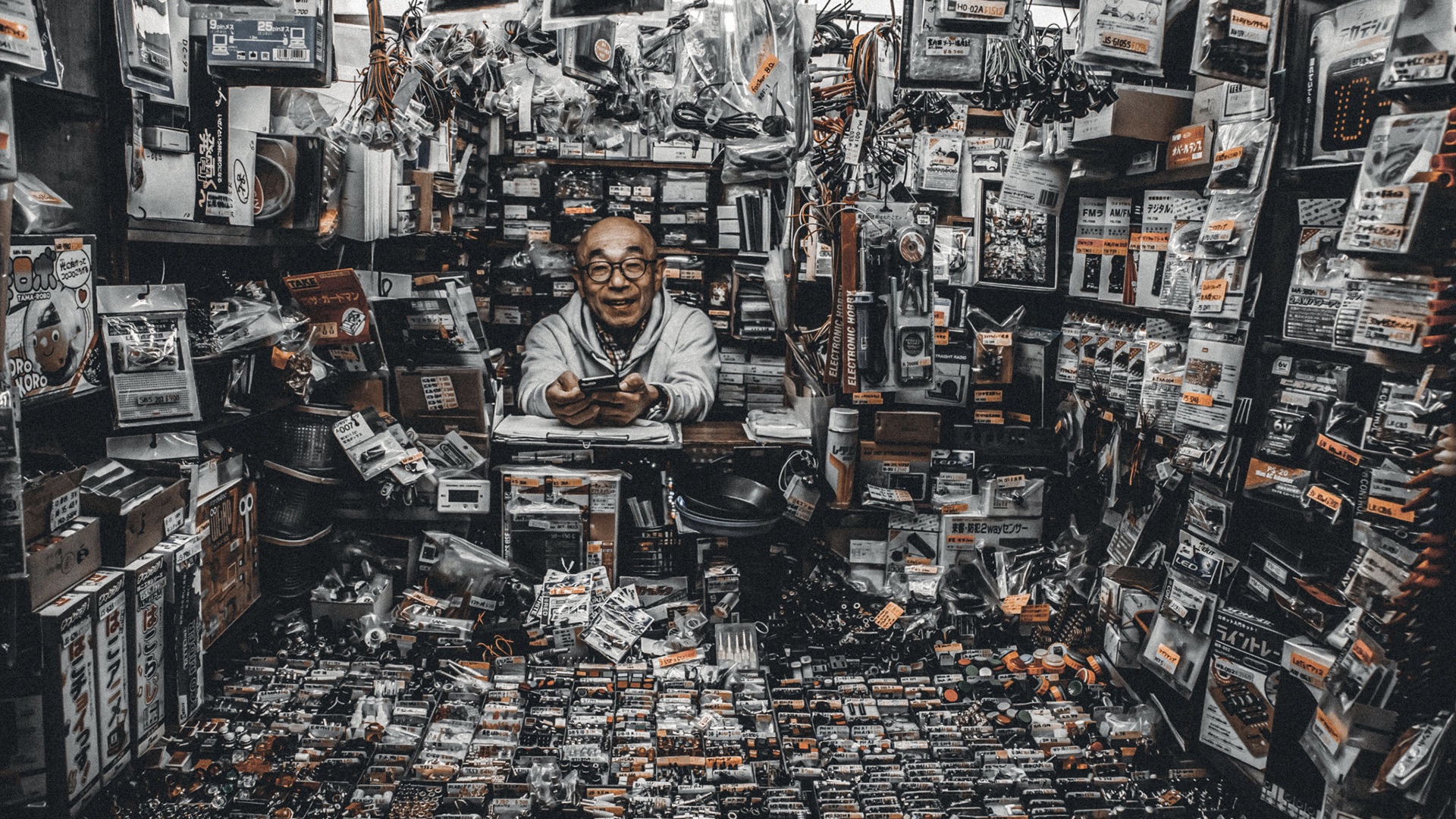How Street Photographers can Save You Time, Stress, and Money.
Table of ContentsThe Basic Principles Of Street Photographers What Does Street Photographers Do?The 10-Second Trick For Street PhotographersSome Known Facts About Street Photographers.Things about Street Photographers
Street photographers do not necessarily have a social function in mind, but they prefer to isolate and catch minutes which could otherwise go unnoticed.Though he was influenced by much of those who influenced the road digital photographers of the 1950s and '60s, he was not primarily interested in recording the spirit of the street. The impulse to visually record individuals in public started with 19th-century painters such as Edgar Degas, douard Manet, and Henri de Toulouse-Lautrec, that functioned side by side with digital photographers trying to capture the significance of metropolitan life.
While the digital photographers' topic was basically the same, the results were markedly various, showing the impact of the photographer's intent on the character of the images he produced.
The Best Guide To Street Photographers
Provided the great high quality of his pictures and the breadth of product, engineers and musicians often purchased Atget's prints to use as referral for their very own work, though business interests were barely his major motivation. Rather, he was driven to photo every last residue of the Paris he liked. The mingled passion and seriousness of his goal luster through, leading to photos that narrate his own experience of the city, high qualities that anticipated street digital photography of the 20th century.

Unlike his peers, Brassa made use of a larger-format Voigtlnder electronic camera with a much longer direct exposure time, forcing him to be much more computed and thoughtful in his technique than he could have been if using a Leica. (It is thought that he might not have actually had the ability to manage a Leica back then, yet he did, however, make use of one in the late 1950s to take colour pictures.) Brassa's photographs of the Paris underworld illuminated by fabricated light were a discovery, and the collection of the collection that he released, (1933 ), was a significant success.

The Of Street Photographers
It is due to this basic understanding of the art of photo taking that he is frequently credited with uncovering the medium around once more about a century since its creation. He took photographs for greater than a half century and affected generations of photographers to trust their eye and instinct in the minute.
These are the questions I shall try to answer: And then I'll leave you with my own interpretation of road photography. Yes, we do. Let's start with specifying what an interpretation is: According to it is: "The act of defining, or of making something precise, distinct, or clear".
No, certainly not. The term is both limiting and misinforming. Seems like a street photography need to be images of a streets ideal?! And all road digital photographers, with the exception of a small number of absolute newbies, will completely value that a street is not the key element to road photography, and in fact if it's an image of a street with possibly a few boring individuals not doing anything of passion, that's not road digital photography that's a photo of a road.
Fascination About Street Photographers
He makes a valid factor do not you think? Nonetheless, while I agree with him I'm unsure "honest public photography" will certainly catch on (although I do kind of redirected here like the term "candid digital photography") because "road digital photography" has been around for a very long time, with numerous masters' names connected to it, so I believe the term is below to remain.
Inside?! I hear you yell as you drink your hand to the sky. Why not? You can shoot at the coastline, at a celebration, in an alley, in a park, in a piazza, in a cafe, at a museum or art gallery, in a city terminal, at an event, on a bridge, under a bridge ...
Yes, I'm terrified we have no option! Without guidelines we can not have a meaning, and without a definition we don't have a genre, and without a category we do not have anything to specify what we do, and so we are stuck in a "regulations interpretation genre" loophole! And no-one intends to obtain embeded a loophole. - Street Photographers
